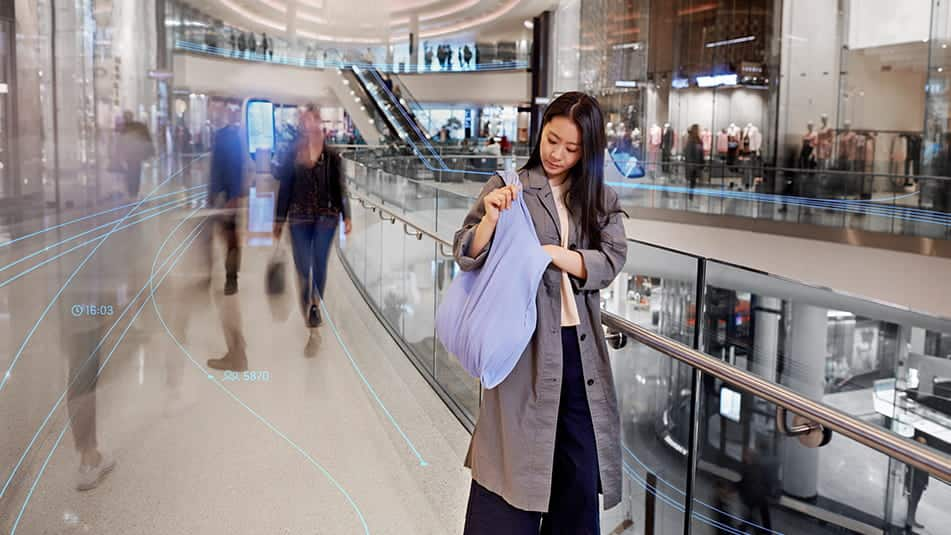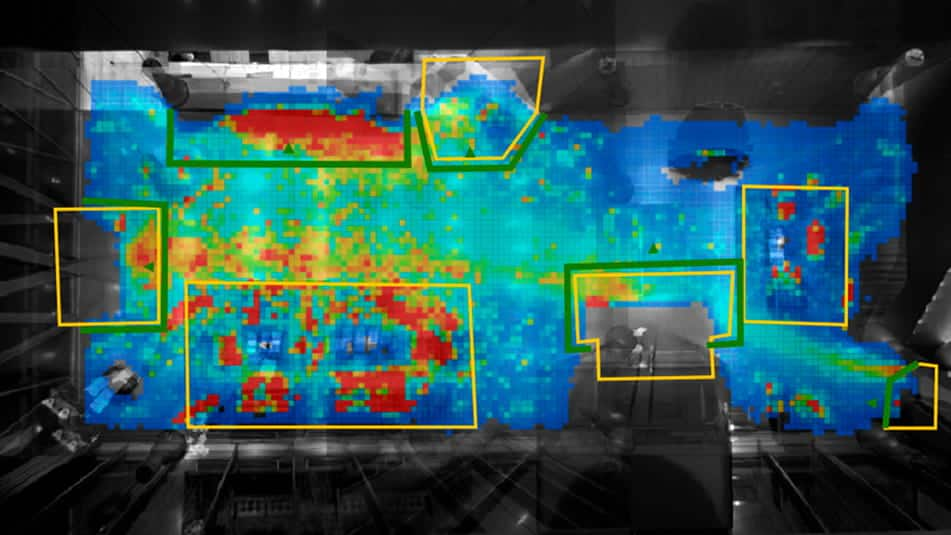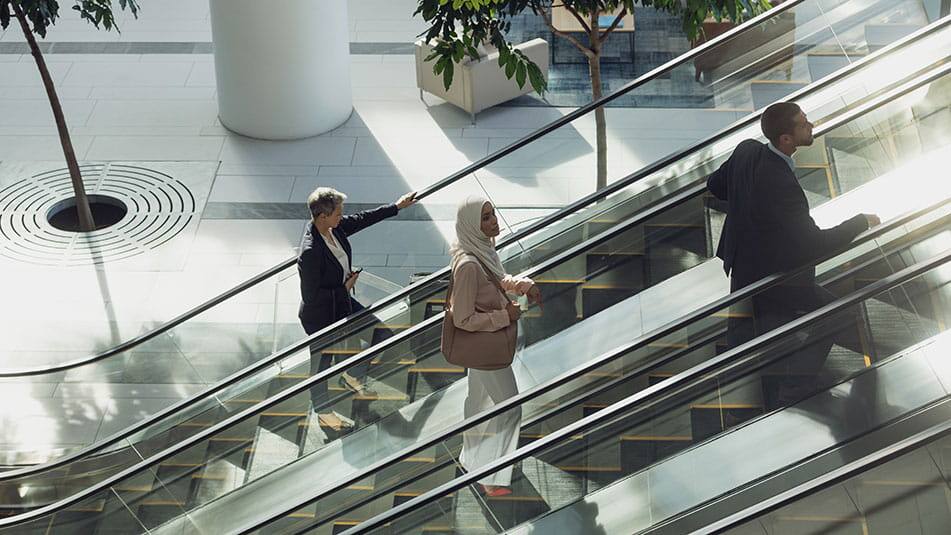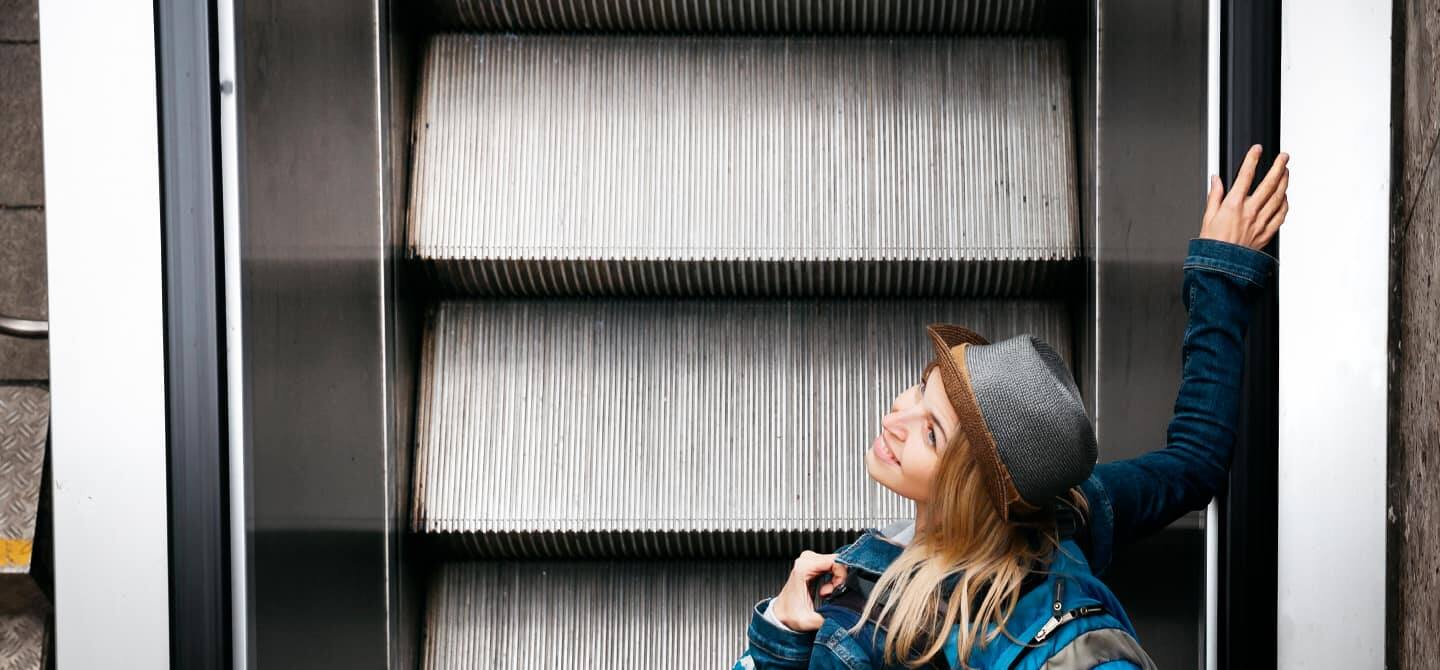May 11, 2020
A few short months ago, hardly any of us gave a second thought to entering an elevator or stepping into the bustling lobby of a large building. These everyday occurrences were as trivial as putting on a coat or brushing your hair.
Today, everything is different. As we slowly return to workplaces and other public or semi-public premises, we must come to terms with a “new normal”. Places where we once casually gathered are now imbued with a sense of uncertainty.
We need to find ways to regain our confidence in the spaces we used to love. This requires rethinking how we interact with our everyday environments, in cities, and with the buildings we move through.

Early this year, it became clear that COVID-19 was going to have far-reaching impacts on all aspects of life in cities as we knew it. KONE’s elevator and escalator service technicians have been working throughout the pandemic to keep societies running, and the KONE 24/7 Connected Services solution has been providing real-time equipment diagnostics to prevent downtime, especially in critical settings like hospitals.
At the same time, experts from across KONE have been working to find new ways to support customers in preparing for a new normal: matching up innovations with existing technologies and services to make built environments healthier.
Two key questions have been at the forefront as the KONE health and well-being suite of solutions has been put together: how can KONE help lower the risk of diseases spreading through contact with surfaces in shared spaces; and how can KONE’s people flow expertise be used to encourage physical distancing and enable a safe and convenient return to public settings?
Physical distancing made easy
A chief concern among building owners now is ensuring people can move easily, freely and confidently through buildings once they return, says Hanna Inget, head of New Services and Solutions at KONE. How could buildings be used, and possibly altered, to enable physical distancing and to reduce crowding in common spaces like lobbies and elevators?

KONE People Flow Planning and Consulting is a custom service that can support the safe return of people to buildings like offices. Using KONE’s expert knowledge, data, and simulation tools, the service provides an understanding, for example, of how physical distancing measures impact people flow in a specific building, and what measures could help reduce crowding and bottlenecks. Using artificial intelligence, human behavior models and mathematical modeling, KONE’s People Flow Simulator enables the visual simulation of different scenarios for and journeys within buildings, from parking garage to desk.
“There are more than a billion daily KONE elevator and escalator users around the world, and our insight and expertise in people flow, and in how to impact the people flow experience in different types of buildings, is second to none,” says Inget. “This expertise is particularly valuable to our customers when they or their buildings face big changes. People flow has become our core competence.”
Breathe easy inside the elevator
To further reduce concerns over elevator use, KONE is introducing to selected markets the new KONE Elevator AirPurifier. It uses technology – including an advanced photocatalytic oxidation (PCO) process developed by NASA for air control on spaceships – to improve air quality in the elevator car by removing most potential of the pollutants, like bacteria, viruses, dust and odors, in the air.
Holding on with confidence
Inget says that during the early weeks of the coronavirus pandemic, building owners observed that escalator users were using handrails less and less.
She understands: “If you don’t think the handrail is clean, you don’t want to hold it.” But not holding the escalator handrail is not a great option as it increases the risk of injury from loss of balance. A solution was needed to tackle both these issues.
“The result is KONE Handrail Sanitizer, an escalator handrail cleaning solution that uses a type of ultraviolet light (UV-C) to continuously clean the handrail when the escalator is in use,” says Inget. The solution is installed inside the escalator, so users aren’t exposed to it. The handrail emerges much cleaner and ready to support passengers when they step on the escalator.
“When you know this, you don’t need to make a choice between touching a potentially contaminated surface and keeping your balance.”

Keep on moving
As we all learn to live by the new norms of our cities, neighborhoods and buildings, it’s likely we’ll continue to insist on smooth people flow once we do get going again. The transparency and preventive maintenance offered by the cloud based KONE 24/7 Connected Services can help here.
KONE’s suite of health and well-being solutions can be mixed and matched according to customers’ needs. And new solutions for healthy and safe people flow environments will continue to be developed.
“We all appreciate the things in life that promote a sense of well-being and give us peace of mind,” says Inget. “I am really excited about the positive impact KONE can have on our customers' premises and on urban spaces as a whole. In this new reality, it feels important to offer services and solutions that enhance our collective health and well-being.”
Legal disclaimer:
The services, products or solutions described here as KONE health and well-being solutions promote health and well-being. However, the solutions do not ensure that no diseases or infections will occur at premises where they are being used. KONE cannot be held liable for any infections or diseases occurring at such facilities or the resulting medical consequences.

